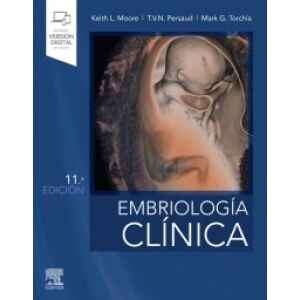The Voice of Clinical Reason
For more than seven decades, Harrison’s Principles of Internal Medicine has provided healthcare professionals with the informational foundation needed to provide optimal patient care. The world’s leading authority on applied pathophysiology and clinical medicine, this trusted resource has covered countless advances and developments across the full span of medicine.
Fully updated, the new 22nd edition has been modified extensively in its structure and content and offers a standardized format for each disease chapter. The authors and editors have curated and synthesized the vast amount of information that comprises general internal medicine and each of the major specialties into a highly readable and informative resource.
Harrison’s is world-renowned as the most authoritative source for:
• Descriptions of disease mechanisms and how the clinician can apply that knowledge for the best patient care and optimal diagnosis and treatment of specific diseases
• Clear, concise schemas that facilitate the generation of differential diagnoses to reason efficiently through complex real world clinical cases
• The physiologic and epidemiologic basis of signs and symptoms, which are covered through a wealth of unsurpassed expert guidance and linked to the disease-specific chapters that follow
• Updated clinical trial results and recommended guidelines
• Excellent and extensive visual support, including radiographs, clinical photos, schematics, and high-quality drawings
• Coverage of both therapeutic approaches and specific treatment regimens
• Practical clinical decision trees and algorithms
• Organ- and system-specific sections, with clinically relevant pathophysiology and practical clinical advice on the approach to the patient, strategies towards building a differential diagnosis, outstanding clinical algorithms and diagnostic schema, a wealth of clinical images and diagrams, current clinical guidelines, as well as general and specific approaches to therapy
This twenty-second edition features:
• Updated content that reflects new approved therapeutics and new practice-changing guidelines and evidence summaries
• More than 3,000, clinical, pathological, and radiographic photographs, diagnostic and therapeutic decision trees, and clear schematics and diagrams describing pathophysiologic processes
• Numerous atlases featuring curated collections of important visual aspects of diagnosis and management
• Brand new chapters, including The Value of the Physical Examination in Modern Medicine, Physician Well-Being, Exercise Intolerance, Primary and Secondary Hemophagocytic Lymphohistiocytosis, Symptom Control in Patients with Cancer, Principles of Immunization, COVID and Other Coronavirus Infections, Desensitization, Point-of-Care Ultrasound, Placebo and Nocebo Effects, Bedside Examination Tests in the Patient with Low Back Pain, and Antithrombotic Therapy in Adult Patients







Valoraciones
No hay valoraciones aún.